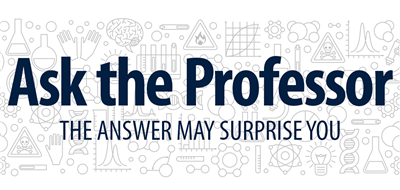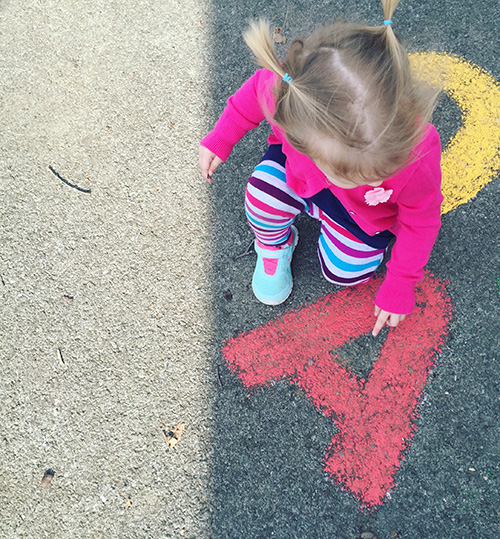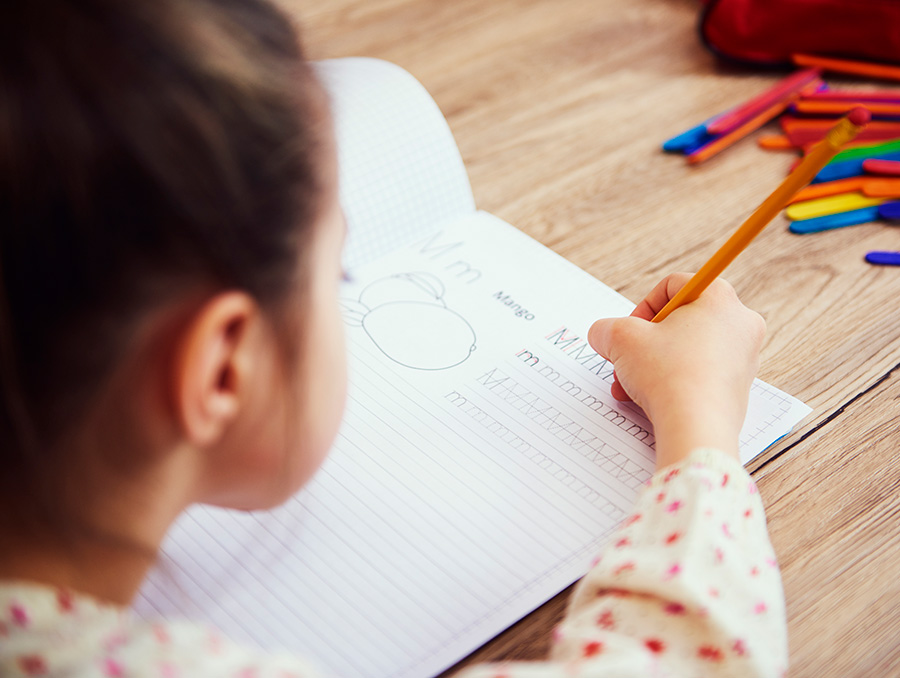
It’s always important to help children develop oral language, in any languages they speak. Oral language includes vocabulary, listening comprehension, asking and answering questions – really anything that helps students speak and listen in meaningful ways.
When children have opportunities to develop strong oral language, they will be better prepared for learning how to read. Literacy can be improved by improving their comprehension and knowledge of language as a whole. Along with reading to children, podcasts, audiobooks and educational television can be great tools for building oral language.
What are some activities that your family can use to improve your child’s literacy?
First, read, read and read some more! Read in the language your family is most comfortable with. Tell stories out loud, in as many languages as your family speaks.

To practice the building blocks of reading, especially for young children, families can work on the alphabet. Practice both letter names and letter sounds. A fun outside activity is: write the alphabet in big letters with sidewalk chalk, say a letter name or letter sound and have a child run to the right letter. While you are playing with letters, give children opportunities to speak and write letters as well. “Painting” giant letters with a paint brush and water is great practice for little hands to learn the shapes of letters. Start with the letters in a child’s own name – that familiarity will help get the ball rolling. For indoor activities, think about making letters with yarn, with playdough, or by “drawing” them in baking flour on a cookie sheet.
Once children start to sound out words and recognize sight words (words that don’t follow typical sound-spelling patterns, like “the” and “some”) most of the activities above can be adapted to whole words. To help students learn to sound out words, start with simple patterns that students can practice with many different words (e.g. pat, mat, cat). Have students sort words based on their patterns; for example, see if students can match fit with bit and pot with lot. Then, read a good book together and do a “hunt” for the spelling patterns you practiced.
For sight words, view a list of common sight words to practice with children. Practicing a few at a time, writing them in fun ways (in the snow or mud, for example), and then looking for them in good books you’re reading together will help students build up their memory for sight words.
How do I properly select materials for my child to be reading independently?
Importantly, there is no “wrong” reading level for your child. How accessible or difficult a book is only matters when you’re thinking about the purpose for reading. A child who can’t read well can certainly pick up a “National Geographic” magazine and engage with the photographs in powerful ways. A child who can read well might enjoy curling up with easy books for fun and enjoyment. This is all good.
If you’re looking for reading materials to help your children practice reading independently, reaching out to teachers for reading recommendations is a great idea. Teachers are great at understanding what a good, independent reading book for a child would be. Some reading apps recommend books based on a child’s age, too, but take these with a grain of salt. Not all children at the same age read at the same level, and that’s okay.
A good benchmark to keep in mind: if there are more than five words on a page that a child can’t figure out, the book may be too hard for independent reading. That said, don’t give up on a good book. If a book is just a little too difficult, reading the book out loud to the child can give them just the support they need to go back and read the book on their own. Keep in mind, children who are learning to read can enjoy read-alouds with books that are well beyond their independent reading levels. They learn a lot of ideas about the world and a lot of new vocabulary words, with good children’s literature.
Older elementary and adolescent readers are deciding what kinds of readers they are. Some embrace it, others avoid it and most are somewhere in the middle. If you’re thinking about how to help an older child engage with books for enjoyment, graphic novels might be a good fit. Because graphic novels look like comic books, they sometimes get framed as not “real” reading. Nothing could be farther from the truth. Graphic novels have won the Pulitzer prize and many other major literature awards. They bring students into books in engaging and interesting ways. There may not be a lot of text per page, but graphic novels often use complicated and sophisticated vocabulary; and the artwork of graphic novels can be stunning and thought-provoking.
What are mistakes that parents make who are trying to help their child’s literacy?
Read every day, but don’t force reading. Reading every day, whether independently or being read to, can be incredibly powerful for a child’s literacy development. Setting a goal to read around 20 minutes a day as a family is a great thing to do. At the same time, it’s important to make sure that it doesn’t feel like a chore or a punishment for children. Pinning kids down to read on their own without consideration for how frustrated they might be can backfire.
Keep activities light and keep them moving. If you try some letter or word games and a child gets frustrated or tired, you’ve probably taken it too far. Our brains are hard-wired for using language, but not for reading. Learning to read is a steep learning curve. Especially for young children, keep activities light, short and repetitive. A couple of minutes on the letter “T” a few times a week will be more engaging than asking a young child to practice with “T” for 10 minutes straight.
Supporting reading development doesn’t require reading expertise. There is no need to be an expert or avid reader, or a straight-A student, to help a child develop literacy skills. Remember, oral language is the foundation of reading. Just talking with children, asking them questions, telling them stories, etc., builds knowledge of words and of the world that will help them be successful readers.
All languages have equal value. Building rich word knowledge in one language makes it easier to build rich word knowledge in another. There is a lot of research evidence on this. Bilingualism is a super power. Read, talk, sing, question and story-tell in the languages that matter most to children. We all learn more when we use language that is relevant to the communities and people we care about.
Are you a teacher who wants to learn more about literacy instruction? Check out our M.Ed. in Reading Curriculum & Instruction program! It is a fully online, asynschronous program that you can complete in 2 years or less.












